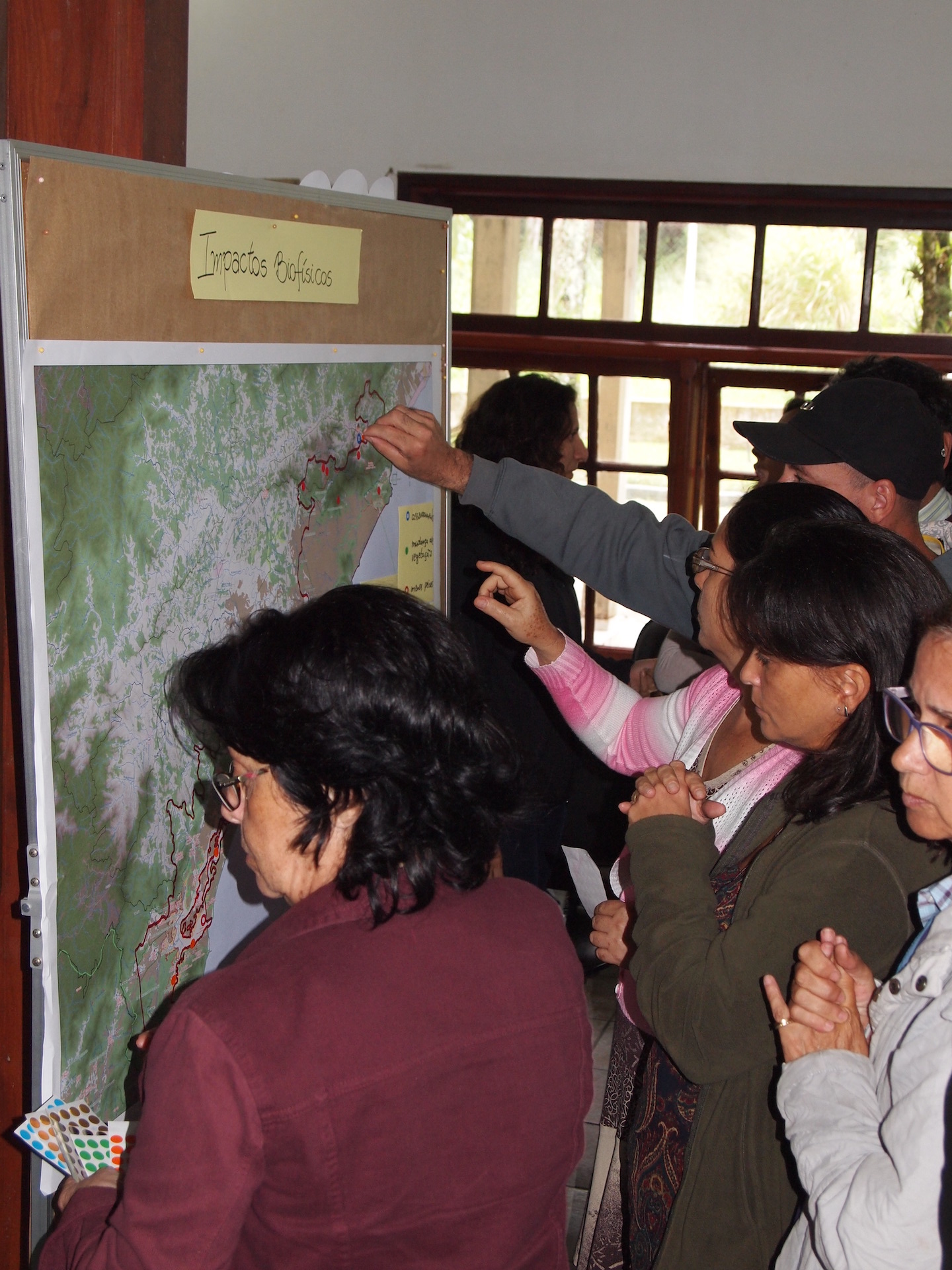

Le point de départ a été l'accord sur les étapes méthodologiques (voir BB 1) du projet pilote, y compris l'implication des principales parties prenantes et les besoins et mesures de développement des capacités. La révision prochaine du plan de gestion a constitué un point de départ idéal pour l'intégration de l'EbA et le plan de travail en a été l'instrument clé. Il définit que l'EbA doit être traité lors de réunions thématiques avec différents groupes de parties prenantes et d'un atelier, dans un chapitre spécifique du plan de gestion et dans le cadre d'un programme d'action EbA. La formation de l'équipe centrale a été suivie par la collecte de données et d'informations relatives au climat, qui ont été utilisées lors des sessions avec les communautés et d'un atelier.
- Accord et soutien du personnel responsable de l'approbation des plans de gestion.
- Plan de travail clairement défini et largement accepté.
-
Le processus d'adaptation doit prendre en compte les caractéristiques de l'écosystème et les conditions sociales et économiques à l'intérieur et au-delà des limites des zones protégées. Par conséquent, un processus continu et participatif est nécessaire, abordant les priorités de conservation, les risques climatiques et autres, ainsi que les besoins et les intérêts des parties prenantes.
- Plus le processus est participatif, plus l'approche EbA a de chances d'être intégrée dans le plan de gestion de la zone protégée.
- Il est nécessaire d'identifier et d'impliquer tous les départements et niveaux hiérarchiques des organisations responsables de la zone protégée afin d'assurer l'intégration de l'EbA. Dans notre cas, la révision finale par les supérieurs a entraîné des retards et des observations, car certains d'entre eux n'avaient pas été impliqués auparavant.
- Il est important d'impliquer des professionnels ayant une expérience de l'EbA et de la planification de la gestion des zones protégées. Tout d'abord, le projet devait qualifier les professionnels et les autres parties prenantes impliquées dans le processus afin de réussir l'intégration de l'approche EbA dans le plan de gestion.